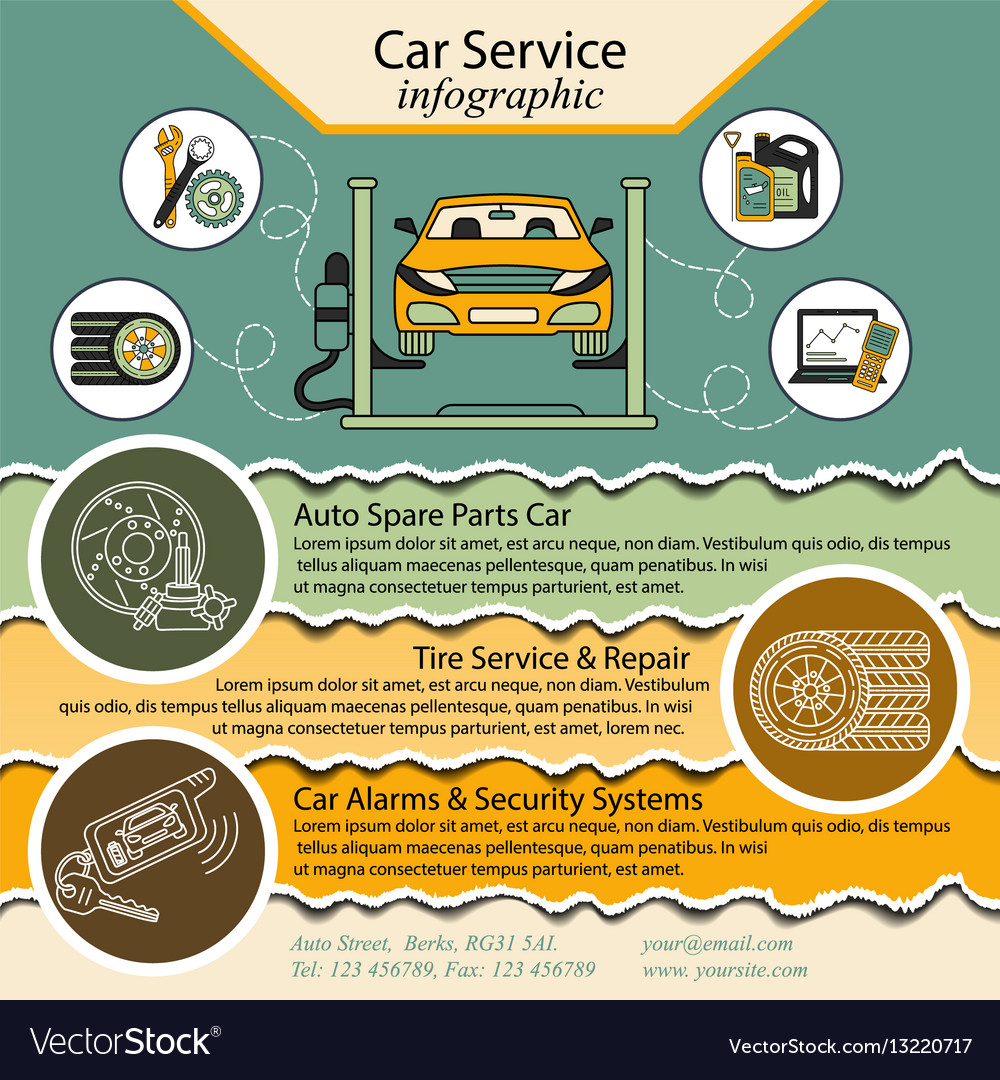Checking Out Brake Equipments: Usual Troubles And Practical Solutions For Repair Work
Checking Out Brake Equipments: Usual Troubles And Practical Solutions For Repair Work
Blog Article
Personnel Author-Flynn Dean
When it concerns your lorry's brake system, recognizing common concerns can save you from possible safety threats. From identifying https://ecuremapping62738.blog-gold.com/38702019/take-advantage-of-environmentally-friendly-approaches-in-your-automobile-repair-shop-to-minimize-ecological-effect-and-increase-sustainability-find-how-in-this-short-article to resolving brake liquid leakages, knowing just how to take on these issues is essential. However what regarding those spongy brake pedals? There's a solution for that as well. Stay tuned to read more about these issues and the useful options that can keep you safely when driving.
Brake Pad Use and Substitute
When it comes to maintaining your automobile's brake system, one essential aspect to watch on is the wear and replacement of brake pads. Brake pads are necessary components that press against the brake rotors to slow down or quit your automobile. Gradually, these pads wear down as a result of friction, requiring routine examination and substitute to guarantee your brakes function efficiently.
To identify if your brake pads require replacement, pay attention for shrilling or grinding noises when you apply the brakes. Additionally, if your vehicle takes longer to stop or you see vibrations or pulsations when stopping, it might be time to replace the brake pads.
Disregarding worn brake pads can cause reduced stopping efficiency, damage to other brake components, and even brake failing.
Replacing brake pads is a relatively straightforward process for numerous lorries. Nonetheless, if you're unclear or uncomfortable doing this task, it's finest to consult a specialist mechanic to make certain proper setup and optimal brake efficiency.
Frequently inspecting and changing car wrapping services is vital for your safety and the longevity of your vehicle's braking system.
Brake Fluid Leaks and Maintenance
To guarantee your vehicle's brake system works ideally, it is very important to additionally take notice of brake fluid leakages and maintenance. Brake fluid is crucial for sending the force from your foot on the brake pedal to the actual braking mechanism. One common issue with brake liquid is leakages, which can happen as a result of tatty brake lines, seals, or connections. If you discover a puddle or trickles under your auto, it's important to deal with the leak without delay to prevent a prospective brake failing.
Regularly checking your brake fluid degree is key to keeping your brake system. Reduced brake fluid can cause air getting in the brake lines, which compromises stopping efficiency.
Additionally, old or polluted brake fluid can impact the total performance of your brakes. It's advised to adhere to the maker's guidelines on when to change the brake fluid, commonly every 2 years.
Spongy Brake Pedal: Blood Loss Brakes
If you have actually ever experienced a spongy brake pedal while driving, you recognize the relevance of maintaining a company and responsive braking system. https://shanepkdyr.bloggactif.com/32175551/discover-the-necessary-steps-to-discovering-the-excellent-car-service-center-to-ensure-your-vehicle-s-longevity-and-performance of a spongy brake pedal is air caught in the brake lines. When air enters the brake system, it can result in a loss of hydraulic pressure, causing that unsettling mushy sensation when you push the brake pedal.
To fix this issue, hemorrhaging the brakes is required. Bleeding the brakes entails eliminating the air from the brake lines to recover correct hydraulic pressure.
To hemorrhage the brakes, you'll require a helper to assist you. Start by locating the brake bleeder valve on each wheel, normally discovered near the brake caliper. With a wrench, loosen up the shutoff and have your assistant press the brake pedal while you observe any air bubbles appearing. Repeat this procedure for each and every wheel, beginning with the wheel farthest from the master cyndrical tube and relocating more detailed.
When you no longer see air bubbles and just clear liquid arises, tighten up the shutoff and top up the brake liquid reservoir as needed. Bleeding the brakes helps make sure a firm brake pedal and enhances general braking efficiency.
Final thought
Since you comprehend usual brake issues and exactly how to fix them, you can guarantee your car's security and efficiency. Remember to pay attention for warning signs like screeching sounds or spongy brake pedals, and address them quickly. Regular maintenance and timely substitutes are essential to keeping your brakes in leading condition. Keep aggressive and alert to your brake system to delight in safe and trustworthy driving experiences.
